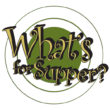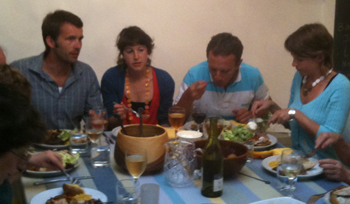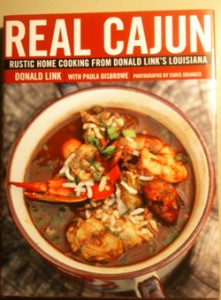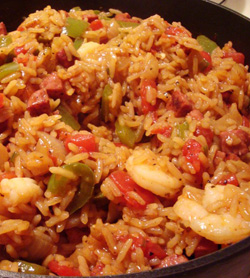Few delights of summer are more satisfying than a fresh tomato, plucked from your own backyard vine, warm from the sun, sliced and eaten raw or with a touch of fresh mayonnaise. The aroma – even before you slice it – the rich red juice, the firm red flesh – ah. Few are the delights indeed that are better than a fresh tomato.
But in winter, if you try the same slicing and eating mostly raw with the tomato-like objects you find for sale in the grocery, it is not the same. In place of juice, there is watery pinkish fluid that’s vaguely tomato-ish. The texture is mealy or tough. In salads, as garnish, on a sandwich, these tomatoes are mostly worthless.
Or so I thought for years until I started roasting and searing and grilling these otherwise useless tomatoes. I was, you may say, very pleasantly surprised.
Quickly, here are a few things you can do that yield lovely results:
Slice a whole winter tomato in half and sprinkle the cut side with chopped garlic, dried thyme, kosher salt and fresh pepper. Top with fresh bread crumbs – just pop some bread in a food processor – and drizzle with olive oil. Roast hot until they wilt and crust over.
Or slice a winter tomato and sear it in a hot smoking skillet with a little canola oil. Let it cook till it blackens and flip it. Use it on top of eggplant or your morning eggs.
Or take some (also tasteless) winter cherry tomatoes. Cook them whole in a hot skillet with olive oil and toss until they burn a bit on the sides. Season and add to other cooked vegetables, or use them to garnish a pork chop or grilled chicken breast.
I’ll also cut winter plum tomatoes in half, squeeze out the juice and toss with a lemon-olive oil herb vinaigrette and roast them at 500 degrees or so.
In all these cases, what you’re doing is cooking off the watery fluid and concentrating what flavors are still there. Because despite what the tomato engineers have perverted in the cause of durability, shipability and shelf live, they are still, deep down in their round little souls, tomatoes. You just have to cook off the dross and flavor them a bit.




